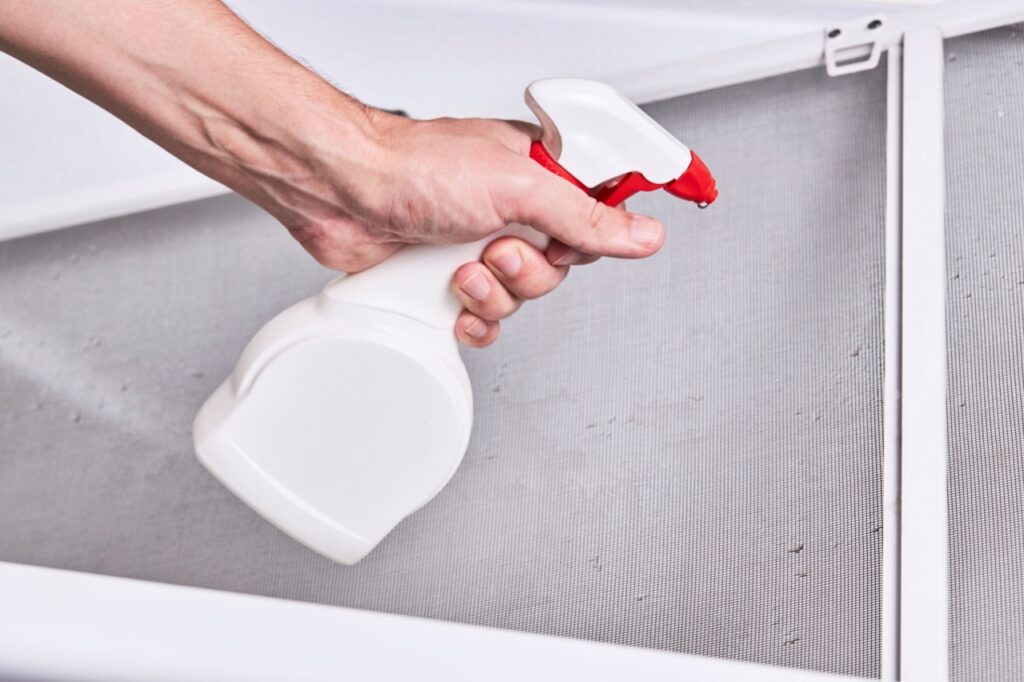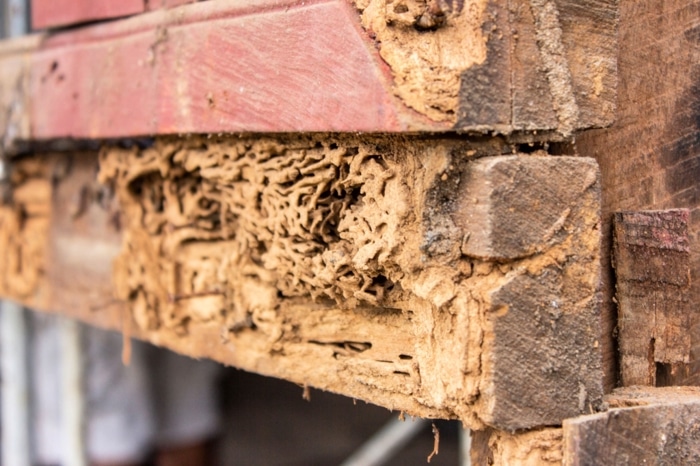Bugs on window screens are a common yet often overlooked problem in many households. While window screens are designed to allow air in and keep pests out, they can sometimes become the very site of infestations. These tiny invaders not only cause annoyance but can also pose health risks and damage the screens. Understanding how to effectively handle these pests and prevent future occurrences is crucial for maintaining a comfortable and healthy living environment. This guide will provide comprehensive insights into identifying, addressing, and deterring bugs on window screens.
Identifying Bugs on Window Screens
The first step in tackling this issue is identifying the types of bugs that are commonly found on window screens. These can range from small gnats and flies to larger insects like moths and beetles. Each type of bug may require a different approach for removal and prevention.
Signs of bug infestations on window screens include visible clusters of insects, especially in corners or along the edges of the screens. Another indicator is the presence of bug droppings or residue, which can appear as small dots or streaks on the screen and the window sill. In some cases, damage to the screen itself, such as tears or holes, can be a sign of larger insects or an ongoing infestation.

Keep Bugs Off Your Window Screens!
Regular inspection of window screens is vital for early detection of these pests. Paying attention to the types of bugs and their behaviors can provide valuable information on how to best address the infestation. For instance, some bugs may be attracted to light, while others might be seeking moisture or a breeding ground.
Do Bugs Lay Eggs on Window Screens?
A common concern is whether bugs lay eggs on window screens, leading to recurring infestations. The truth is, many types of bugs do use window screens as a site for laying eggs. The screen provides a secure, sheltered environment that is ideal for eggs to develop. This is especially true for smaller insects like gnats, flies, and mosquitoes.
Recognizing insect eggs on window screens is crucial for effective pest control. These eggs are often very small and can be difficult to see with the naked eye. They might appear as tiny dots, clusters, or strands, depending on the insect species. In some cases, the eggs may be laid in the crevices or corners of the screen frame, making them even more challenging to detect.
Upon discovering insect eggs on window screens, immediate action is necessary to prevent hatching and further infestation. This includes safe removal of the eggs and thorough cleaning of the screens. Understanding the lifecycle of the specific bug type can also aid in determining the best course of action for removing the eggs and preventing future occurrences.
Effective Cleaning Techniques for Bug-Infested Window Screens
Cleaning window screens infested with bugs or their eggs is a critical step in pest control. Start by gently removing the screens from the windows. It’s essential to be cautious during this process to avoid damaging the screens or spreading the infestation inside your home.
For the cleaning process, you’ll need a bucket of soapy water (mild detergent is usually sufficient), a soft brush or sponge, and a garden hose or a bucket of clean water for rinsing. Begin by laying the screen flat on a clean surface. Gently scrub the screen with the soapy water using the soft brush or sponge, paying extra attention to the corners and edges where bugs and eggs are most likely to accumulate.
Rinse the screen thoroughly with the hose or clean water to remove all soap and dislodged debris. Before reinstalling the screens, ensure they are completely dry to prevent mould and rust. This process should be repeated regularly, not just when an infestation is noticed, as part of routine maintenance to prevent future bug problems.
How to Seal Windows from Bugs
Sealing windows is an effective way to prevent bugs from entering your home and setting up residence on your window screens. To start, inspect all window frames and screens for any gaps, cracks, or holes. Even the smallest opening can be an entry point for insects.
Various sealing materials can be used, depending on the type and size of the gap. These include weatherstripping for gaps between the window sash and frame, caulk for sealing cracks in the window frame, and mesh screen patches for repairing holes in the screen itself. For windows that don’t open, consider using a silicone-based sealant for a more durable solution.
It’s also a good idea to install bug screens if they’re not already in place. These screens have finer mesh than standard window screens, making it more difficult for small insects to get through. Remember to check the seals and screens periodically, as they can degrade over time, reducing their effectiveness.
Insect Eggs on Window Screen: Immediate Actions
Discovering insect eggs on your window screen requires prompt action to prevent them from hatching and multiplying. The first step is to carefully remove the screen from the window to avoid disturbing the eggs and potentially spreading the infestation.
Using a soft brush or a piece of tape, gently remove the eggs from the screen. Avoid using too much force, as this could cause the eggs to break and spread. After removing the eggs, clean the screen thoroughly with soapy water, as described in the previous section, to ensure any remaining eggs or residues are washed away.
In some cases, where the infestation is severe or if you’re unsure about how to proceed, it may be best to seek professional help. Pest control experts can safely and effectively handle the situation, ensuring that all eggs are removed and steps are taken to prevent future infestations.
Implementing these immediate and effective actions upon discovering insect eggs on window screens is crucial in managing the situation and maintaining a pest-free environment in your home.
Implementing Window Bug Repellent Solutions

To further fortify your home against insects, consider implementing window bug repellent solutions. These can range from natural remedies to more specialised products. Natural options include using essential oils like lavender, peppermint, or citronella, which can be applied around window frames. These oils not only deter a wide range of insects but also leave a pleasant scent.
For a more robust solution, you may opt for commercial bug repellents designed specifically for windows. These products often come in the form of sprays or granules that can be applied around window frames and sills. When selecting a repellent, it’s important to consider its safety, especially if you have pets or children.
Applying these repellents should be part of your regular maintenance routine. Always follow the manufacturer’s instructions for the best results and reapply as needed to maintain their effectiveness.
Maintenance and Regular Check-Ups for Long-Term Prevention
Long-term prevention of bugs on window screens is rooted in consistent maintenance and regular check-ups. Establish a routine for inspecting and cleaning your window screens, ideally as part of your seasonal home maintenance schedule. This should include looking for and repairing any damage to the screens, cleaning them to remove dirt and bugs, and reapplying repellents as necessary.
It’s also crucial to monitor the areas around your windows. Keep shrubs and branches trimmed back to reduce insect access. Regularly check for and seal any new gaps or cracks that may develop in window frames or surrounding structures. This ongoing vigilance is key to keeping your window screens bug-free.
Conclusion
Dealing with bugs on window screens can be a nuisance, but with the right strategies, it’s a manageable task. Regular cleaning, sealing windows, immediate action against insect eggs, and the use of repellents are all effective steps in maintaining bug-free windows. Remember, consistent maintenance is your best defence against these tiny invaders.
For those looking for an extra edge in their battle against window pests, Pest Share offers expert advice and solutions tailored to your specific needs. So, keep those screens clear and enjoy the breeze without the bugs – and let Pest Share help you maintain that tranquillity.





